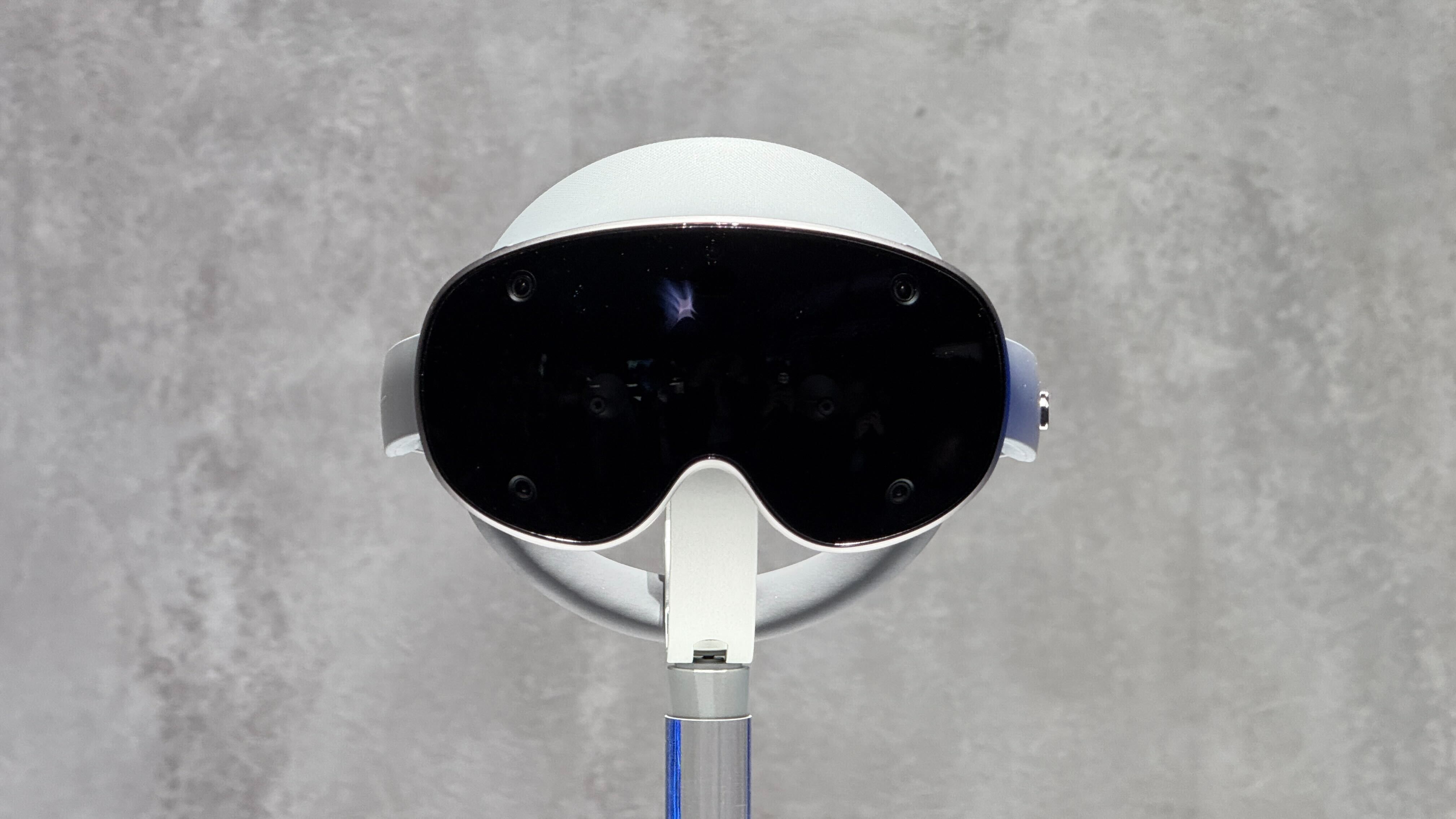The possible exomoon is believed to be rocky and volcanically active, similar to jupiter’s moon io. The sizes of the exoplanets are represented by the size of each sphere. · twelve exoplanet discoveries from kepler that are less than twice the size of earth and reside in the habitable zone of their host star. The planet is to the left of the star. A star symbol marks the location of the host star, whose light has been blocked by miri’s coronagraph, resulting in the dark circle with a dashed white line. · a new nasa-led study suggests that a potential exomoon may be orbiting the exoplanet wasp-49 b, a gas giant located 635 light-years from earth. It is 1,430 light-years (440 pc) away in the constellation hercules. The world is 95% earth’s size and likely rocky. · exoplanet exploration at jpl jpl is at the forefront of a burgeoning and fascinating endeavor — developing technologies to hunt for exoplanets, which are planets beyond our solar system. The roman coronagraph instrument. · a cutting-edge tool to view planets outside our solar system has passed two key tests ahead of its launch as part of the agency’s roman space telescope by 2027. Astronomers previously discovered three planets in this system, called … These are arranged by size from left to right, and by the type of star they orbit, from the m stars that are significantly cooler and smaller than the sun, to the k stars that … · using data from nasa’s transiting exoplanet survey satellite, scientists have identified an earth-size world, called toi 700 e, orbiting within the habitable zone of its star – the range of distances where liquid water could occur on a planet’s surface. · researchers using nasa’s james webb space telescope may have detected atmospheric gases surrounding 55 cancri e, a hot rocky exoplanet 41 light-years from earth. · nasas upcoming nancy grace roman space telescope, a flagship astrophysics mission, will launch with a very special piece of technology on board that will directly observe exoplanets like never before: · the infrared observatory may help answer questions about planets outside our solar system, or exoplanets, including how they form and what drives weather in their atmospheres. · the gas-giant exoplanet epsilon indi ab imaged using the miri instrument on nasa’s webb telescope. Renyu hu from nasa’s jet propulsion laboratory in southern california is lead … This is the best evidence to date for the existence of any rocky planet atmosphere outside our solar system.
Exoplanet K2 18 B: What We Learned (And What We Missed)
The possible exomoon is believed to be rocky and volcanically active, similar to jupiter’s moon io. The sizes of the exoplanets are represented by the...




